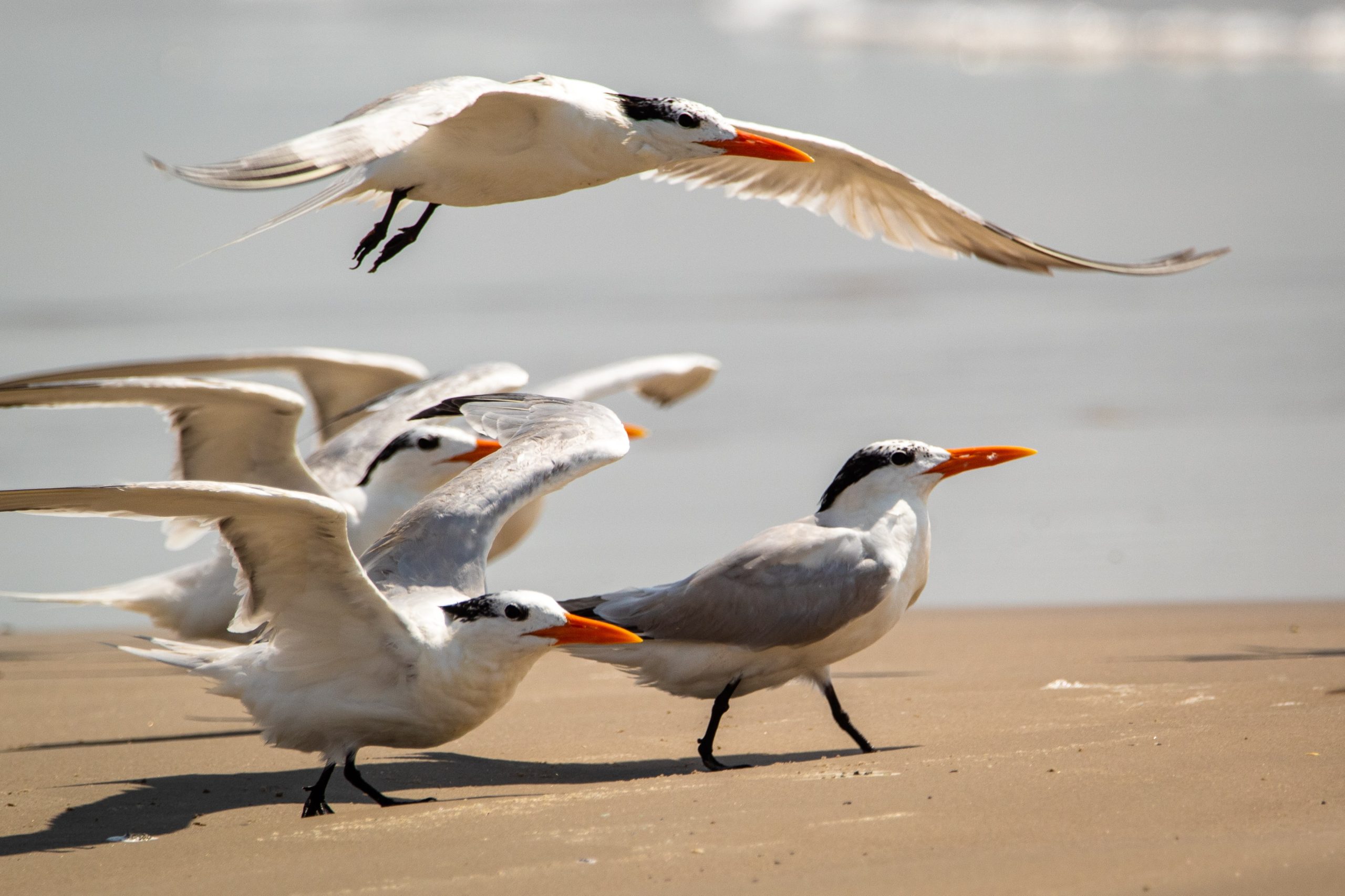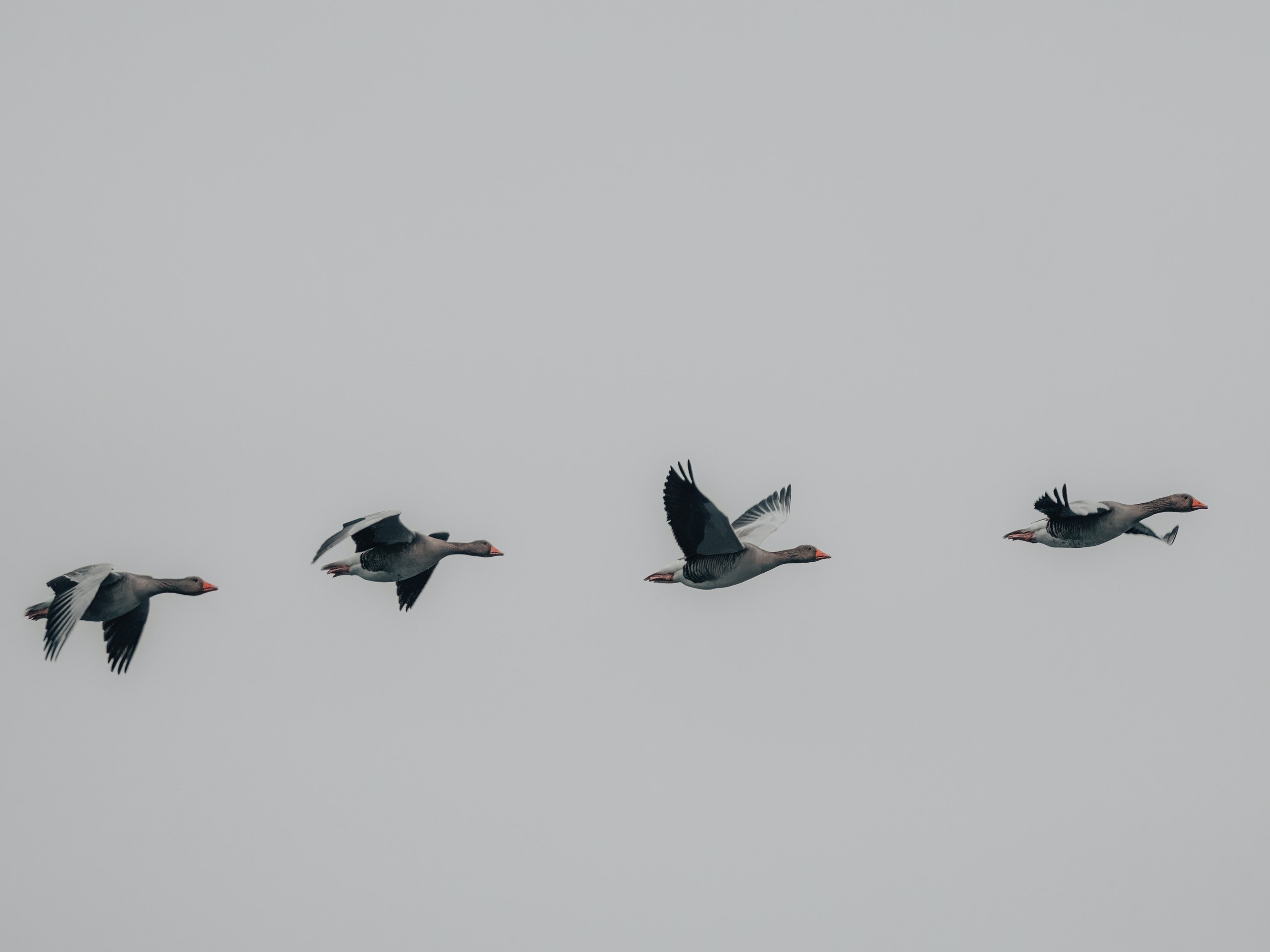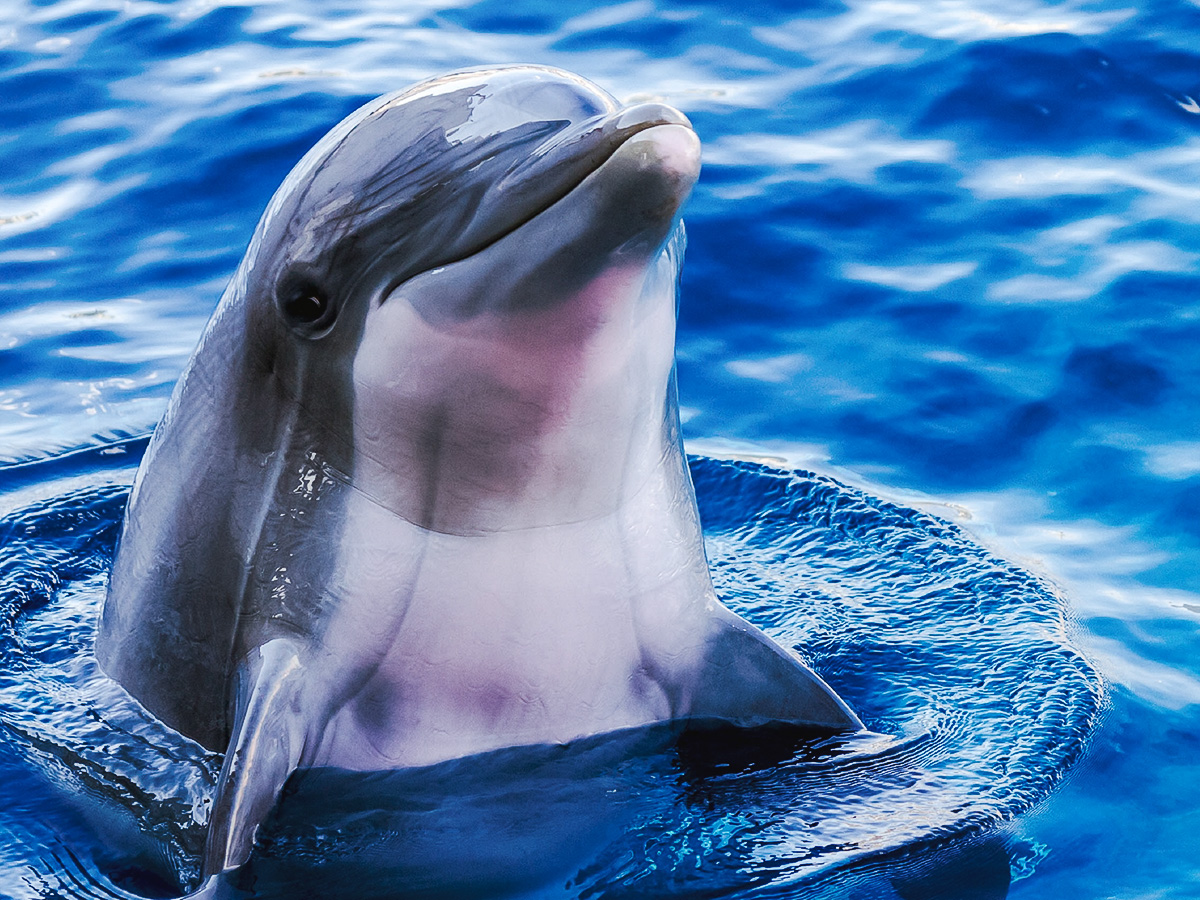DISCOVER
SYLT
SCROLL DOWN
PARADISE SO CLOSE
Holidays in your own country - that's not only a good idea in Corona times. Even before Corona, around 34% of Germans spent their holidays in Germany, and in the Corona summer of 2020 the figure was as high as 56%. And of course this is not surprising: the uncertain situation in many travel areas, the health risk of the pandemic, but of course also the beauty of German holiday destinations caused a real boom in domestic tourism. But even under normal conditions, this trend has been evident for some time, because holidays in one's own country are also good for the climate.
Rural and urban, modern and traditional at the same time: hardly any other destination in Germany is as diverse as the Frisian island of Sylt.
From tranquil Morsum to the historic captain's village of Keitum and the lively island centre of Westerland, each region has its own individual charm and unique beauty. Allergy sufferers in particular get their money's worth here, because the fact that the wind comes mainly from the west from the sea means that there is hardly any pollen here. It has even been medically proven that the air on Sylt has a healing effect and helps you breathe better & easier.
It is said that Sylt is the Queen of the North Sea, the Côte d'Azur of Germany. For many holiday guests and almost every local, it nevertheless remains simply "the island". Sylt offers a unique attitude to life, once you are under its spell you will remain "Sychtig" forever!
On Sylt you can experience the landscapes of an entire continent on just 100 km². Open sea and mudflats, dunes and heath, salt marshes and cliffs. On the east and west coasts, surfers, kiters and sailors glide over the waves. Others prefer solid ground under their feet and pursue their urge to move on the beach, on the cycle paths or on the golf courses.
For those who prefer to just watch: top sporting events offer entertainment at an international level all year round.




DISCOVER SYLT
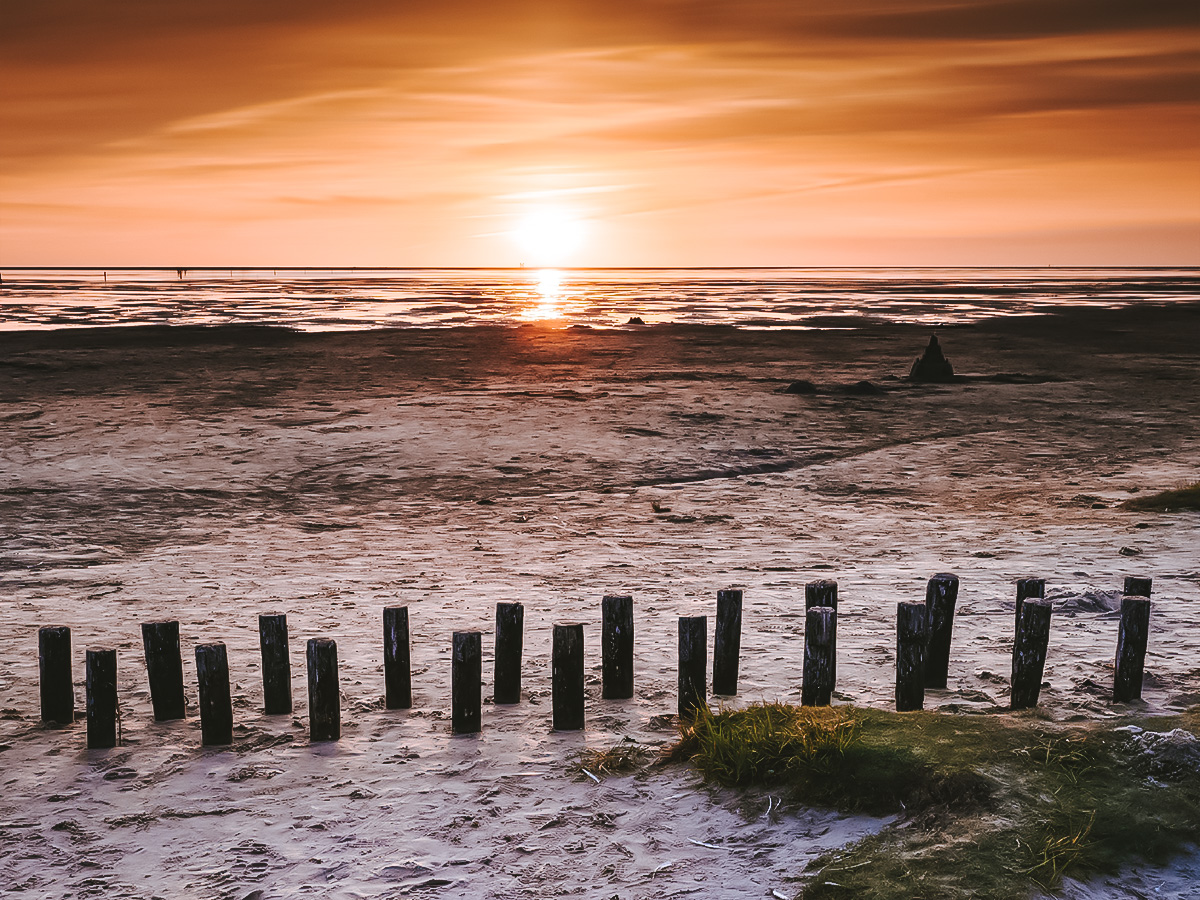
NATIONAL PARK WADDEN SEA
The Wadden Sea is a tidal zone in the south-eastern part of the North Sea. It lies between the coast of northwestern continental Europe and the series of low-lying Frisian islands. It forms shallow waters with tidal flats and wetlands. The high biodiversity makes it an important area for breeding and migratory birds.
In 2009, the Dutch and German parts of the Wadden Sea were included in the UNESCO World Heritage List.
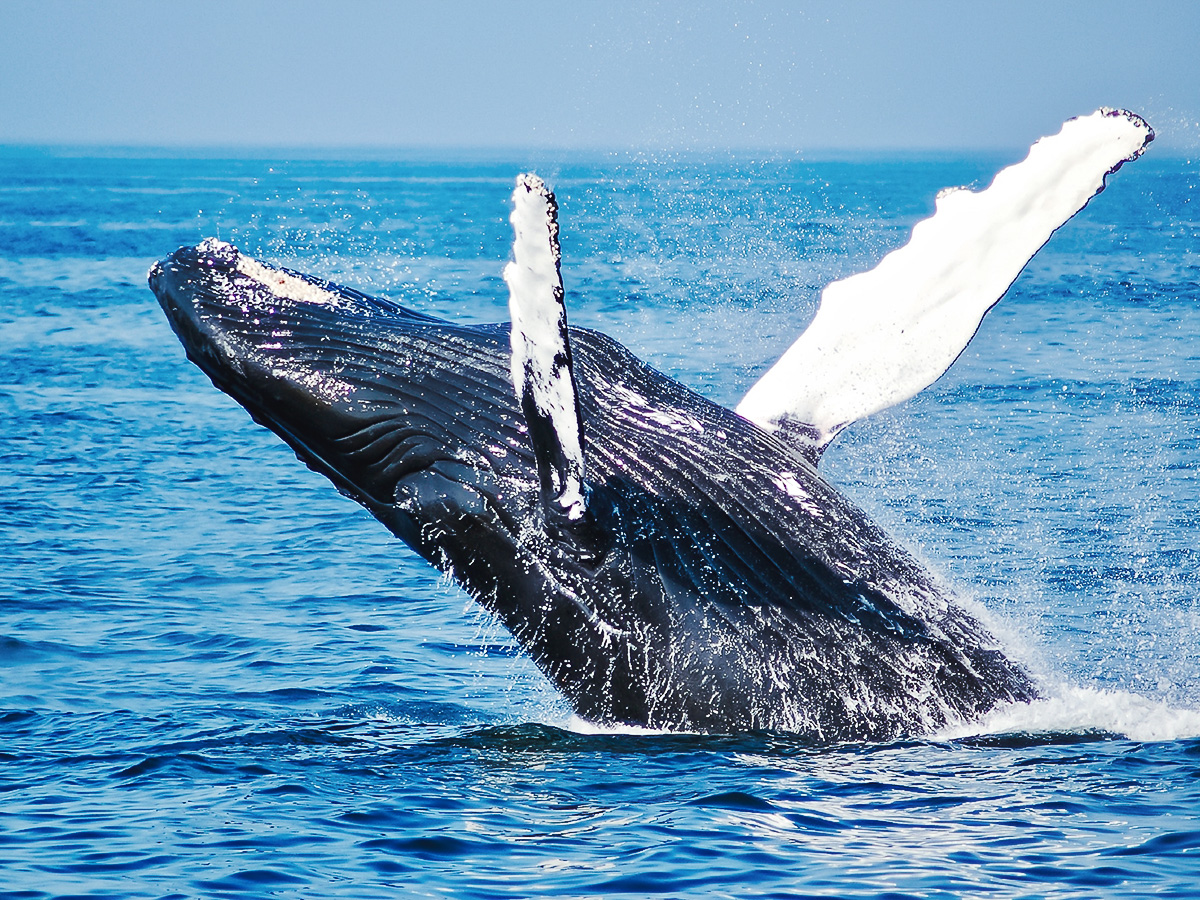
THE SYLT WHALE TRAIL
Along the entire western beach of Sylt, you can spot harbour porpoises in calm seas. On the specially developed whale trail, 22 interactive information desks and pillars provide exciting nature information along the West Beach and Königshafen in List. In order to protect the ecologically valuable sea area from disturbing encroachment, Europe's first whale protection zone for small cetaceans and seabirds was designated here in the Schleswig-Holstein Wadden Sea National Park in 1999.
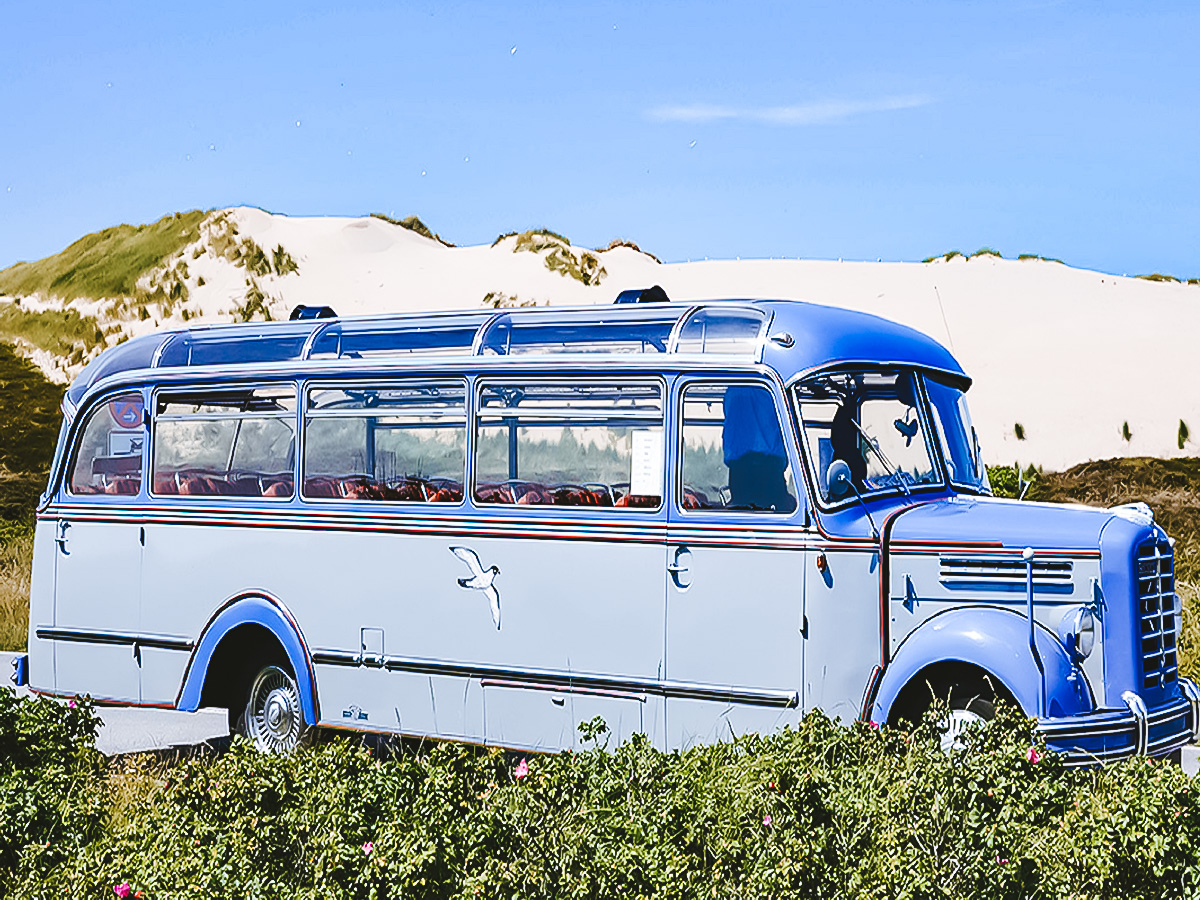
ISLAND TOUR
There are numerous sights on the island, but also many different ways to explore them. Whether it's a round trip with an iconic old-timer bus, a boat tour on the sea, tours with experienced guides, or a bird's eye view with sightseeing flights, it's up to you!
Of course you can also explore Sylt on your own. There are many beautiful hiking and cycling trails waiting to be discovered by you.
JUST NEXT DOOR

WATT HIKING
The Wadden Sea is famous for the traditional practice of hikers using a tide table to take advantage of a low tide period to hike and wade on the Wadden Sea watershed, especially from the Frisian mainland coast to the Frisian islands. At the East Frisia Wadden Hiking Centre you can buy guided wadden hikes as well as regional products or outdoor equipment.

SYLT MUSEUM
History comes alive again in the Sylt museums.
Here you enter the Sylt Museum through the lower jawbone of a fin whale. In the old captain's house in Keitum you can marvel at traditional costumes, porcelain and also documents and photos. The Old Frisian House, which shows the furnishings of the 19th century, provides further insights into earlier life. You should also pay a visit to the smallest museum on the island of Sylt, the fire brigade museum.
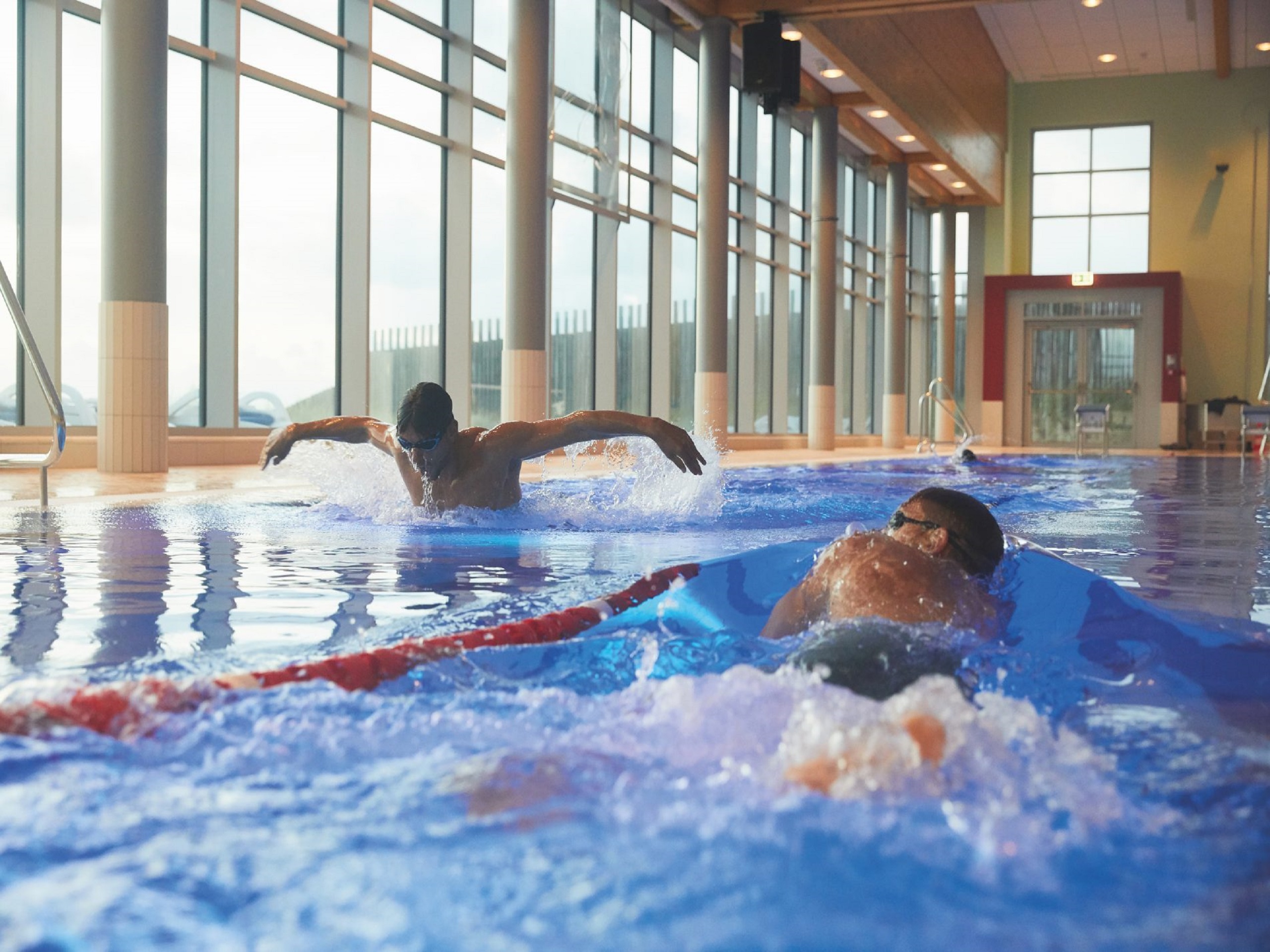
SYLTNESS CENTER
The Syltness Centre leaves nothing to be desired. From numerous therapy methods to improve health, there is pure wellness here with various massage & beauty offers. Fitness fans also get their money's worth here and can take part in more than 20 different courses. The Sylter-Welle swimming pool guarantees fun for the whole family with its wave & bubble pool.
Villa Kunterbunt also offers childcare.

EVENTS
For its size, Sylt offers a surprising number and variety of events, not only seasonally, but throughout the year.
Sports enthusiasts can get their adrenaline rush here on land, in the air or on the water!
The highlight is the kite and windsurfing world championships.
But friends of art and culture can also enjoy a top-class programme here at any time.
Regular concerts of all kinds and numerous exhibitions perfectly round off Sylt's colourful range of events and offer an experience for the whole family.
OUR ANIMAL NEIGHBORS
The Wadden Sea is famous for its rich flora and fauna, especially for birds.
Hundreds of thousands of wading birds, ducks and geese use the area as a resting or wintering place.
Gulls & terns are native here, as well as several species of herons, spoonbills & birds of prey, including a small, growing breeding population of sea eagles.
Larger fish such as rays, Atlantic salmon & brown trout find their habitat here.
Others, such as the European sea sturgeon, survive in the region only through a reintroduction project.
In the Danish part of the Wadden Sea, there is the world's only remaining natural population of houting, which has been used as a basis for reintroductions further south.
The Wadden Sea is an important habitat for seals and grey seals. Harbour porpoises and white-beaked dolphins are the only cetaceans living in the sea and are particularly easy to observe on Sylt. They were once extinct in the southern part of the sea, but have recolonised this area.
Many other whales visit the Wadden Sea only seasonally or occasionally. In early history, North Atlantic right whales and grey whales (now extinct in the North Atlantic) were present in the region, possibly using the shallow, calm waters to feed and breed.
WHEN CAN YOU GIVE YOURSELF A TIME-OUT?
Camping in the countryside at Whitsun? No problem! Our camp is open from March 26 as well as on Ascension Day and Whitsun.
PRICING
FULL WEEK*
(from 7 nights)
Low / High Season**
WEEK DAYS*
(Sun - Fri)
per night
Low / High Season**
WEEKEND DAYS*
(Fri - Sun)
per night
Low / High Season**
ASGARD 2P
Doesn't include kitchen
628,00€ / 838,00€
84,00€ / 114,00€
104,00€ / 134,00€
DOMO 2P-4P
Includes completely equipped kitchen
838,00€ / 1118,00€
114,00€ / 154,00€
134,00€ / 174,00€
* An aditional cleaning fee of € 40.00 will be charged for each booking.
** Low Season: 26.04. - 16.05.2024 + 26.05. - 27.06.2024 & 01.09 - 06.10.2024 / High Season: 28.06.-31.08.2024 (Pfingsten Holiday 9.-12.05. + 17.-20.5 also at High season prices)
During High Season we only accept min 7 nights stays (weekly reservations) in all our Glamping tents. In Low season there is a minimum booking of 2 nights. We kindly ask for you attention that Check-in is only available from 3pm until 6pm, if you cannot arrive in this timeframe we offer a late Check in option with a charge of 20€ (this will be charged on arrival). There is also a 3,90€ tourism tax that every guest has to pay on arrival (check in). If you wish to book a date that is not currently available, or with a different Check-in date, please send us an email to sylt@domo-camp.org with your request. Also if you have any questions you might need answered please contact our team at sylt@domo-camp.org. We hope to see you soon relaxing at our camp.
DIRECTIONS
The island of Sylt is the northernmost German island in the North Sea. It is easily reached by train or ferry from "Rømø" (Denmark). There are hourly transfers from both points. You can book your ferry trip here or check the train timetables here.
ADRESS:
Campingplatz Mühlenhof
Melnstich 7
25980 Sylt Ortsteil Morsum
Contakt:
Reception - (+49) 155 6353 7902
sylt@domo-camp.org
